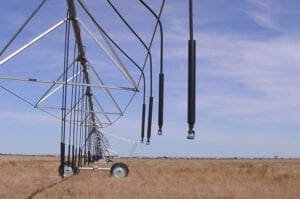Reuse
Ongoing drought conditions throughout the United States have pushed many cities to begin evaluating feasible alternatives to supplement their existing water supplies. One water supply alternative rapidly gaining acceptance is reuse of treated wastewater. Treated effluent from a wastewater treatment plant (WWTP) can be reused in a variety of ways. The most common form of reuse is non-potable reuse, where WWTP effluent is piped to various areas for irrigation. Another form of reuse is potable reuse, either indirect or direct. Indirect potable reuse is based on supplementing raw water within a water reservoir or river by blending the treated WWTP effluent with the existing raw water. The blended raw water is then re-treated at a water treatment plant (WTP). Direct potable reuse is based either on sending WWTP effluent directly to a WTP for treatment (and distribution), or in sending highly treated reuse water directly to a water distribution system for potable use (without additional treatment through a WTP).




